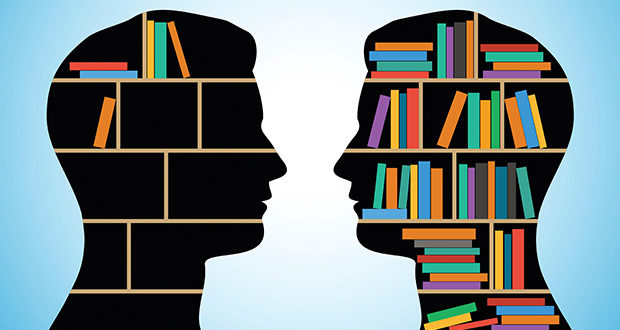By committing to the Sustainable Development Goals, countries around the world pledged to provide “equitable, quality education for all”. Access to education has indeed expanded quickly. Globally, enrollment in primary education is near universal and the gross enrolment rate in secondary education increased from 51% in 1990 to 76% in 2016.
Expansion of education systems has been especially rapid in lower income countries, where a large majority of young people in the world live.
Historically, expanding education has generally resulted in less education inequality, at least as measured by years of schooling. But major reports from the OECD, World Bank and UNESCO all point to substantial differences in learning achievement between and within countries. Too many students lack the advantages afforded by a rich and supportive learning environment. While we are getting closer to meeting the goal of enrolling all children in school, equity and quality appear to be elusive.
Students and educators are turning to EdTech for solutions, and it is providing interesting new options. EdTech innovators are creating new ways to coach teachers, tutor students, and expand online learning offerings. It’s even becoming possible to imagine an entirely new model of teaching and learning, where young people collaborate online, across borders, and accumulate verifiable credentials stored in a blockchain.
The promise of EdTech seems real, especially as most countries have seen gains in internet inclusivity in recent years, driven primarily by improvements in availability of services.1 However, affordability (cost relative to income), relevance (local language and content) and readiness (skills, cultural acceptance and supporting policy) continue to define a divide between on- and off-line populations.
Within this context, EdTech has potential to either exacerbate or alleviate inequality.
EdTech innovators and educators should consider how education systems can use technology to level up marginalised students. They should explore how systems in developing countries, which are expanding rapidly now, could incorporate technology into their strategies to grow with equity and quality.
The move to online learning during the pandemic helped to crystalise many questions about EdTech. It was like a big experiment, forced upon us by circumstance, making pessimists of some and optimists of others. It’s fair to ask:
- Is the digital divide impossible to bridge, or is it closing in faster and in more ingenious ways than we imagined?
- Did the move to online learning during the pandemic test the skills of teachers and the limits of students, or did it reveal their resourcefulness and ability to adapt and grow?
- Did the world become more unequal, or did we arrive at a new level of awareness of problems and the motivation to address them?
- Are online educational resources merely a second-best solution, or do they open worlds for students and teachers and create a fundamentally new way of learning?
- Can EdTech help education systems meet their goals of equity, quality and universality?
I’d like EdTech innovators and educators to land on the optimistic side of these questions. That will take hard work, imagination, and most of all a commitment to making EdTech work for marginalised students rather than reinforcing the advantages of the better off. That is the promise of EdTech, and the path to “equitable, quality education for all”.
Dr Christopher Thomas is director of partnerships for the Yidan Prize Foundation.
- 77 out of 120 countries say improvement in internet inclusion during the last year, including 9 of 15 low-income countries surveyed for the Economist Inclusive Internet Index. This has been a consistent trend over the 5 years of the survey.
Email [email protected]
 Education Review The latest in education news
Education Review The latest in education news
